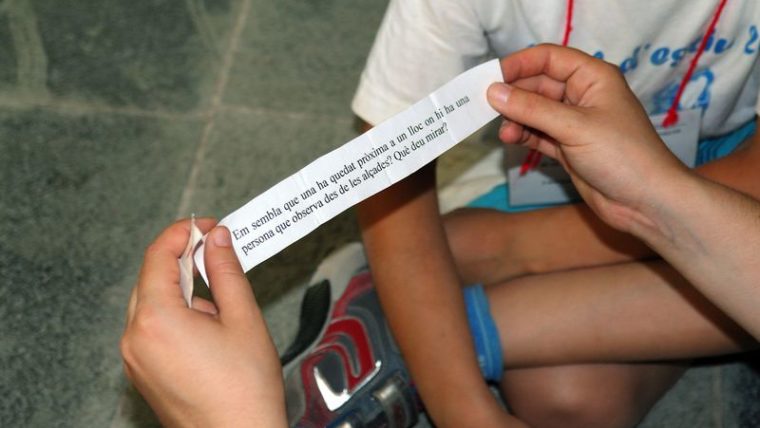New guide to detect and prevent sexual violence against children and teenagers
A guide has been produced with guidelines and recommendations to address potential cases of abuse against children and teenagers, the goal being to ensure that children’s summer activities, play libraries and open centres in the city are spaces which operate zero tolerance towards sexual violence.
Presented today as part of the annual meeting by the Inter-institutional Board for the Prevention of Sexual Violence in Childhood and Adolescence, the document is intended as a common working framework which takes into account the different municipal resources as well as childhood specialists in the districts.
Entitled Recomanacions per a l’abordatge de les violències sexuals cap a la infància i l’adolescència als casals infantils, ludoteques i centres oberts municipals, the guide responds to the needs expressed by staff at children’s summer activities, play libraries and open municipal facilities for young people.
Another step in prevention
Summer activity programmes, play libraries and open centres are privileged places for helping to identify cases where violence occurs. They can also play a key role in monitoring and exploration processes and the work of social services.
The guide therefore sets out a series of indicators which may arouse suspicions, such as the narrative of the child, the mother or any other adult; sexualised conduct and sexual knowledge which is out of keeping with their age; the detection of situations in symbolic play or drawings; the identification of behavioural changes, poor school performance or physical distress etc.
Where these signs are detected, the document sets out some basic support guidelines, including preventive action such as working with children and youngsters displaying disorders relating to sleep, fear, phobias, rejection of physical contact, distrust towards people, anti-social behaviour and low self-esteem.
The document also offers general recommendations where there is any suspicion of sexual violence, such as generating spaces of trust, ensuring confidentiality, ensuring sufficient time and circumstances for talking and actively listening, with no interruptions or pre-conceived judgements.
The resources set out in the guide include various contextual scenarios for sexual violence towards children; situations of sexual violence at facilities themselves, outside of the municipal scope and within the family nucleus, or in other environments of trust, outside of the municipal scope.






